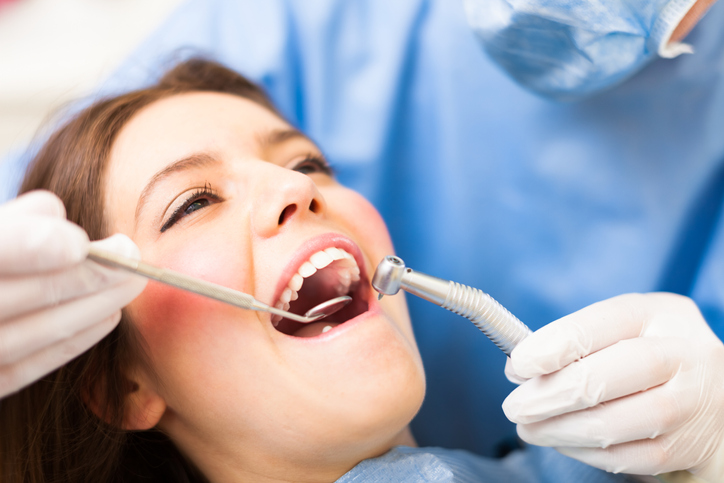
Temporary dental fillings are used frequently in dental restorations. Learn why you may need one.
Getting a cavity filled is one of the most common dental procedures. The filling replaces the decayed portion of a tooth so it can function normally. With the decay removed, your tooth will be a lot less painful. But before you get a permanent filling, your dentist may apply a temporary filling on the damaged tooth.
Temporary dental fillings serve several purposes in dental restoration. The temporary filling gives your tooth time to heal before a permanent solution is placed. If your dentist recommends a temporary filling, you probably need it for the reasons listed below. But even temporary fillings must be properly cared for if you want to prevent further decay or damage.
Why you may need a temporary filling
Most cavities are treated immediately with a permanent filling. On other occasions, a temporary filling is more appropriate. Let’s look at those times when a temporary filling would be used.
Emergency dental work. You’re suddenly hit with a severe toothache. You rush to your dentist’s office, but he’s booked up and can’t do a permanent filling immediately. A temporary filling can be placed quickly and stop your pain. A few weeks later, you go back for the permanent filling.
Temporary fix before a crown. If the decay severely damages the tooth, you may need a crown to restore it. But a crown takes some time to produce. Before you get the crown, your dentist will remove the decay and cap it with a temporary filling.
Root canal treatment. A badly decayed tooth may need a root canal to dig out the bacteria and infection in the tooth’s pulp. A temporary filling packs that hole and prevents bacteria from entering it. Once the root canal heals, your dentist will place a permanent filling or crown on the tooth.
Reduce sensitivity. If your tooth is extremely sensitive, your dentist may apply a medicated temporary filling to calm the nerves in the tooth. Your dentist will check the tooth later to see if the sensitivity has diminished. If it hasn’t, you may need further treatment, such as a root canal.
How to care for your temporary filling
Unlike permanent fillings, temporary fillings are made of softer materials, such as zinc phosphate cement and glass ionomers. These softer materials make the filling more vulnerable to breakage, which is why they’re meant to be temporary.
While temporary fillings are usually white or grayish or have a pink or blue hue, permanent fillings match your natural tooth color. The color difference allows your dentist to spot the temporary filling easily before putting in a permanent one. And don’t worry about any pain. Your dentist will give you local anesthesia before the filling.
Your temporary filling is meant to last only a few weeks. To keep the temporary filling in place and prevent additional deterioration of the tooth, remember these tips:
Don’t chew for a few hours after the procedure. The temporary filling needs time to set. Wait at least until the anesthesia wears off before eating. To protect the temporary filling, chew on the other side of the mouth for 24 hours. It may also be a good idea not to chew on the temporary filling until the permanent fix is done.
Avoid sticky, hard foods. Hard candy, gum, and peanut butter can stick to the filling and possibly dislodge it.
Brush and floss carefully. Carefully brush the filled tooth with a soft-bristled toothbrush. Don’t yank the string upward when you floss, as that could pull the filling out. Instead, gently pull the floss out from the side of the tooth.
Even with the best of care, the temporary filling may fall out. If that happens, see your dentist immediately to get a new filling.
Time for a filling?
Schedule an appointment at Espire’s Mission Valley, California, location today! Our highly trained dentists have filled hundreds of cavities with temporary and permanent fillings to ease pain and restore teeth. Don’t live near our Mission Valley office? Find one of our other locations near you.
Mission Valley, CA
8989 Rio San Diego Drive
Suite 170
San Diego, CA 92108
